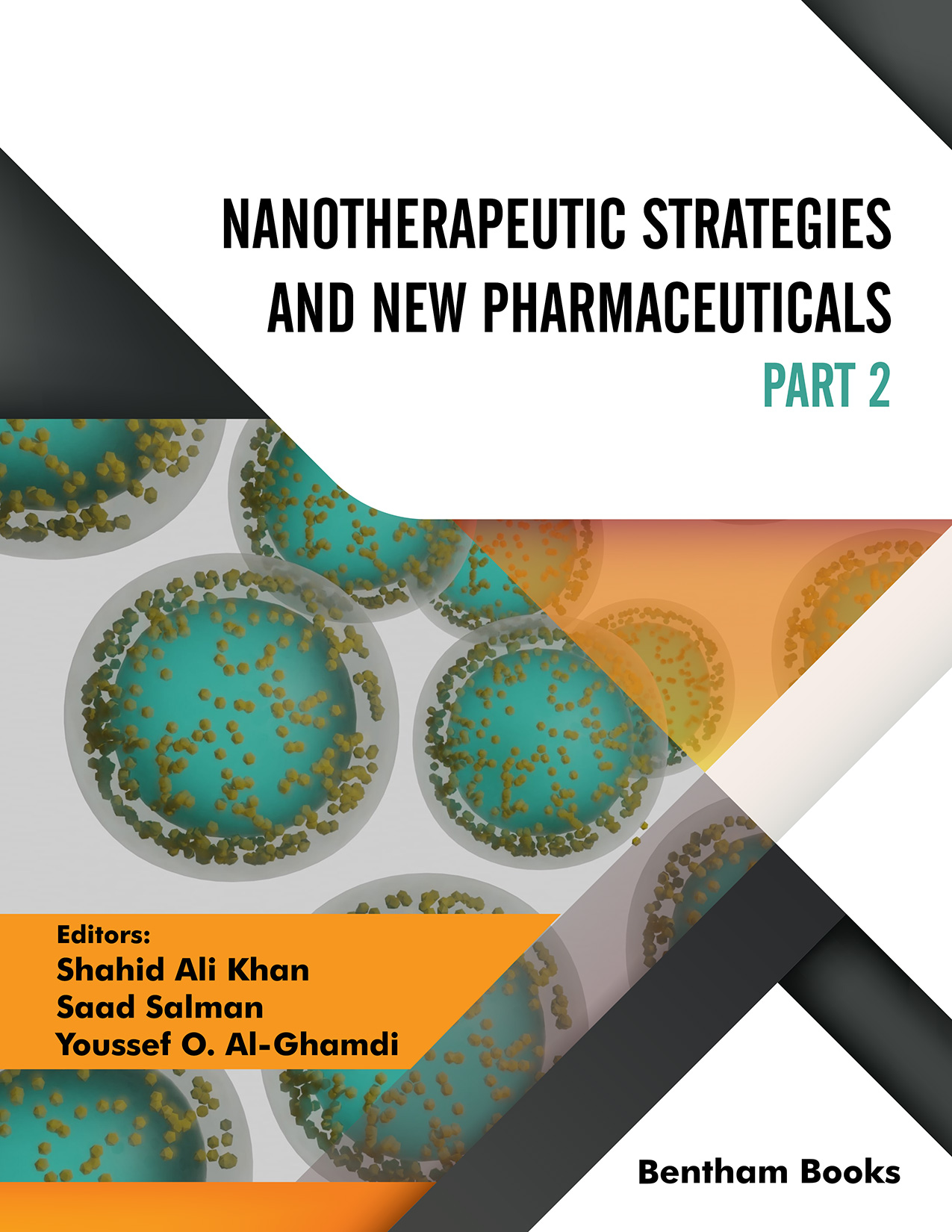Introduction
Advances in technology have enabled medicinal chemists to discover and formulate several highly specific, biocompatible, and non-toxic therapeutic agents for clinical applications. Nanotechnology has achieved significant progress in the last few decades and is crucial in every field of science and technology. Nanotechnology-based pharmaceuticals offer multifaceted and alternative methodologies in comparison to the limitations of many conventional clinical therapies. Expertise in designing and developing nanoformulations has helped in targeted drug delivery. Recently, the use of innovative therapeutic agents, particularly in nanomedicine, has accounted for a significant portion of the global pharmaceutical market and is predicted to continue to grow rapidly in the near future. Nanotherapeutic Strategies and New Pharmaceuticals is an accessible multi-part reference which informs the reader about several new techniques based on nanotechnology. The chapters explain relevant topics in detail. The book is designed to encourage and help undergraduate, graduate and post-graduate students in the field of nanotherapeutics, pharmaceuticals and bio-organic chemistry through the use of didactic language and simple illustrations. Part 2 of this book covers the potential of nanotherapeutics and natural therapies for treating neurological diseases, targeting ion channels, signal transduction therapy, gene therapy of single gene mutation diseases and for nanoformulations for special purposes such as wound healing and stimuli-responsive drug delivery. The book also features a chapter that summarizes the types of nanoparticles tailored for specific molecular targets that mediate different diseases. The book set serves as a textbook for students in pharmacology and medical biochemistry, as well as a quick reference for researchers on bio-organic chemistry, as well as general readers interested in nanomedicine.
Audience: Students in pharmacology and medical biochemistry, researchers in bio-organic chemistry, general readers interested in nanomedicine

